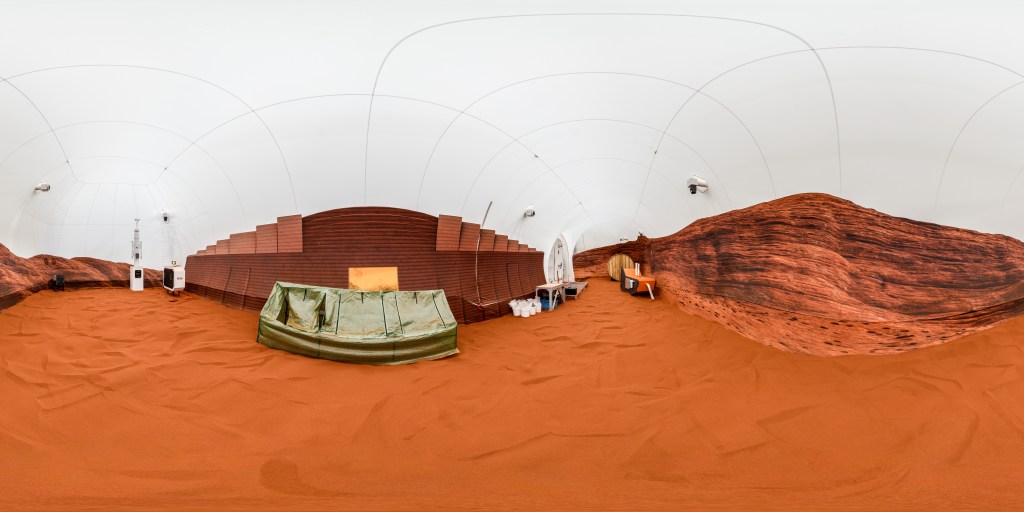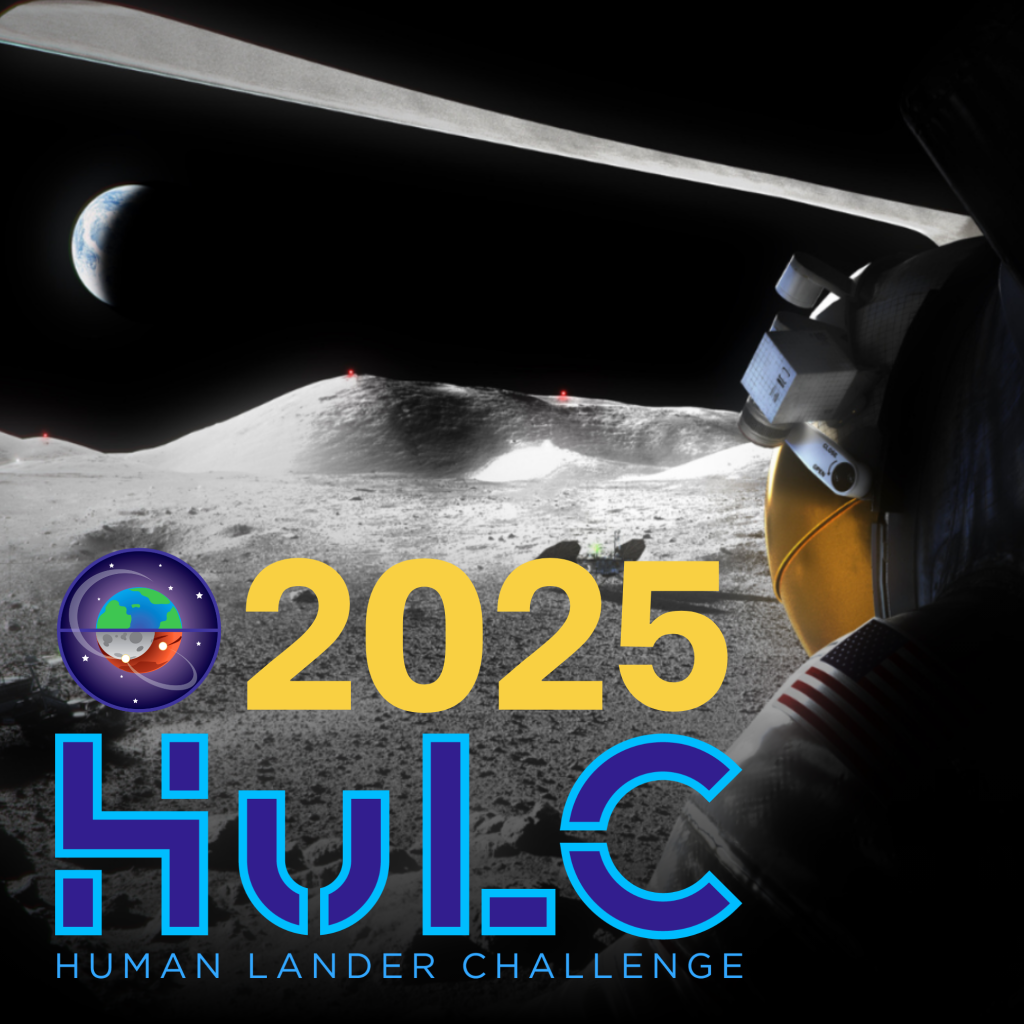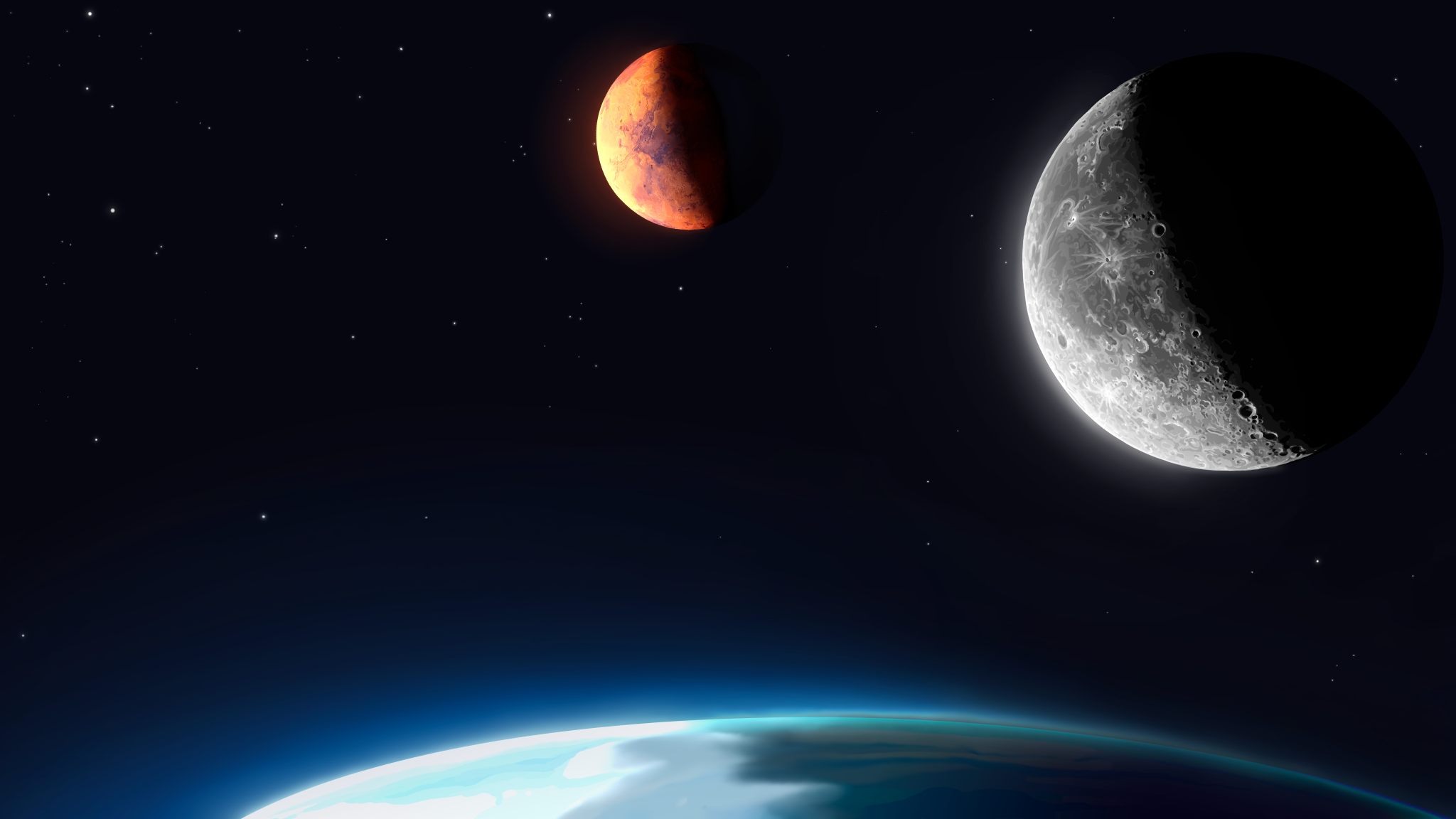Mars is, on average, 140 million miles from Earth. Rather than a three-day lunar trip, astronauts bound for Mars would be leaving our planet for roughly three years.
Given this distance, planning and self-sufficiency will be essential to successful missions to Mars. Facing a communication delay of up to 20 minutes one way, the possibility of equipment failures or medical emergencies, and a critical need to ration food and supplies, astronauts must be capable of confronting an array of situations with minimal support from teams on Earth. Learn more about how NASA studies the challenges that will arise as space missions venture farther from Earth:
Related Articles
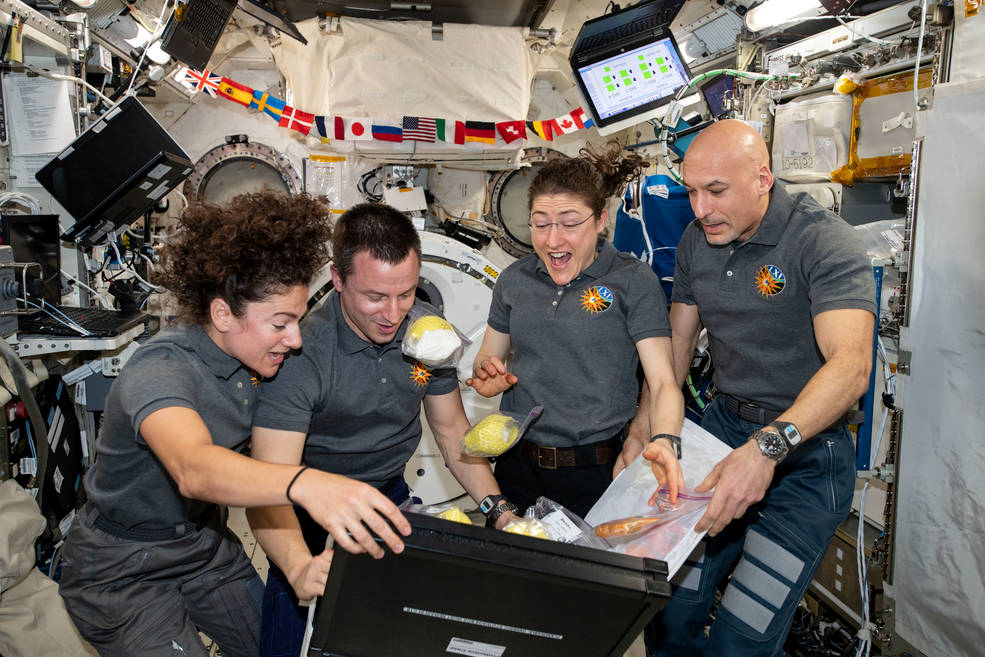
The Menu for Mars: Designing a Deep Space Food System
Because resupply options will be low, food systems for a mission to Mars will require minimal resources and minimal waste, all while being safe, nutritious, and tasty.
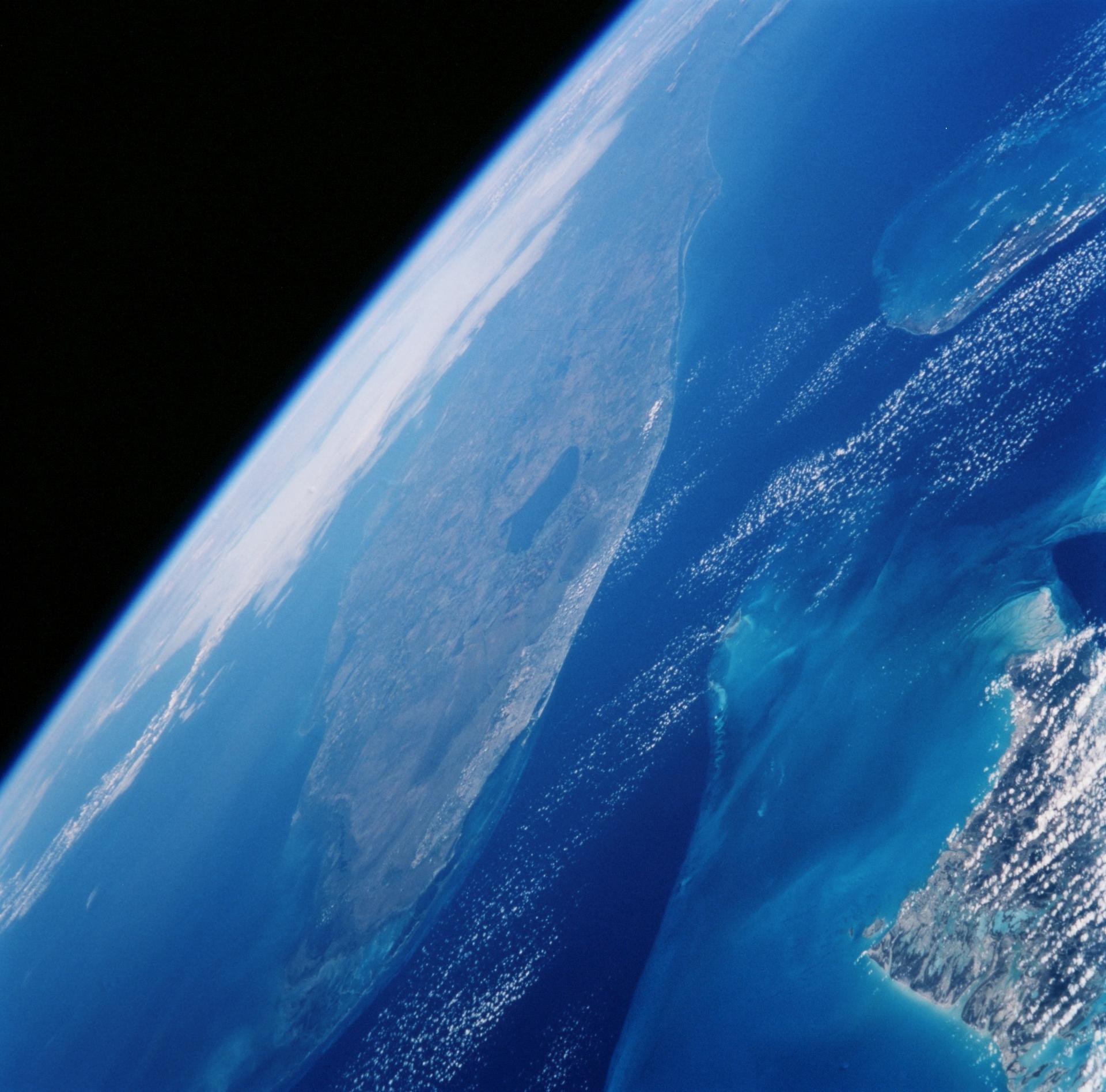
Houston, We Have a Podcast: Distance Episode
A NASA scientist discusses the hazard of traveling farther away from Earth than ever before, especially how to provide appropriate medical care with limited resources and challenging communications.
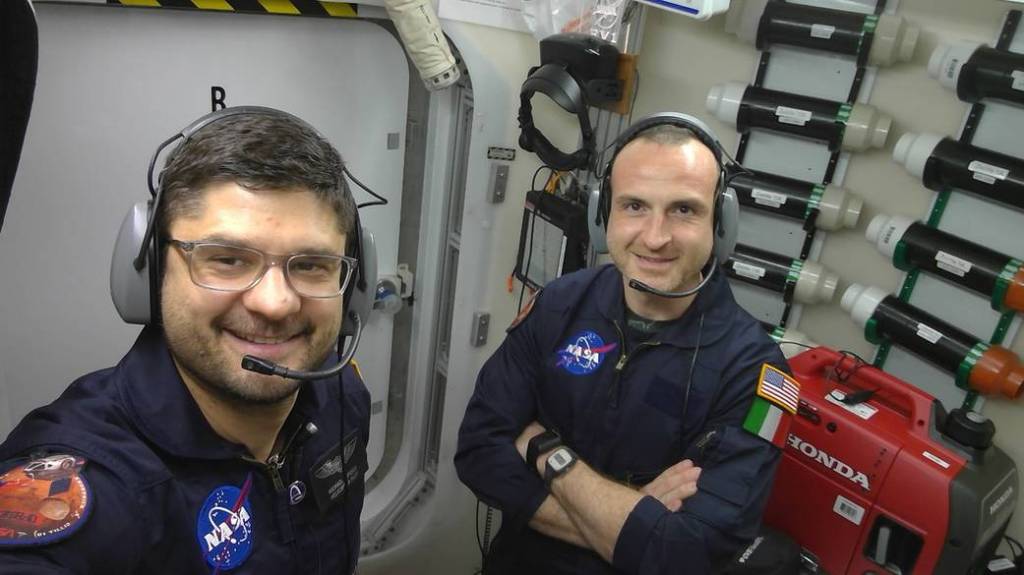
Houston, Do You Copy? HERA Crew Navigates Communications Delays
Crew on simulated missions into deep space experience communication delays of up to five minutes each way. Practicing communication delays on Earth will help NASA effectively design procedures that ensure the success of future deep space missions.
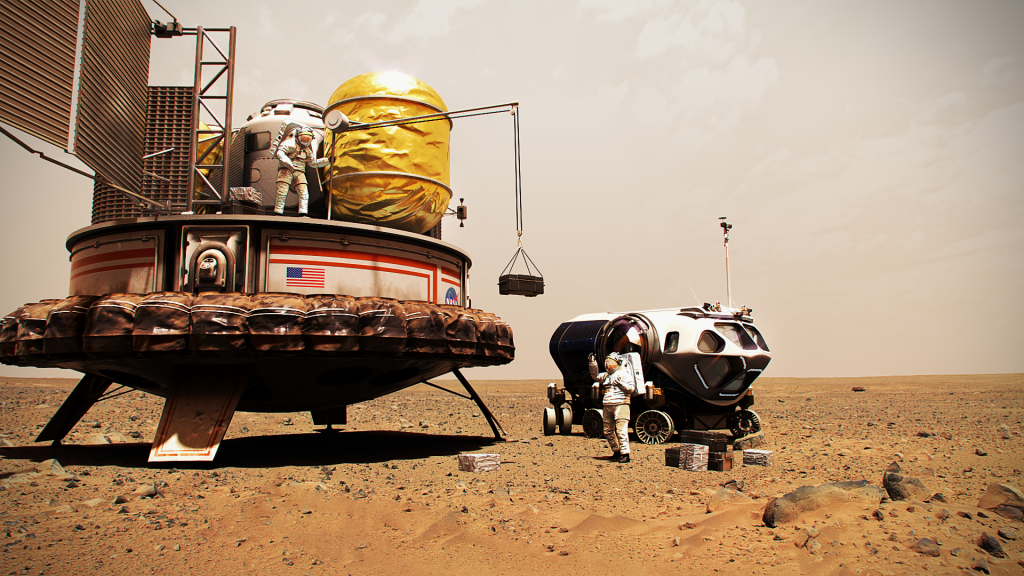
Getting Humans to Mars
Mars remains our horizon goal for human exploration because it is one of the only other places we know where life may have existed in the solar system. Like the Moon, Mars is a rich destination for scientific discovery and a driver of technologies that will enable humans to travel and explore far from Earth.
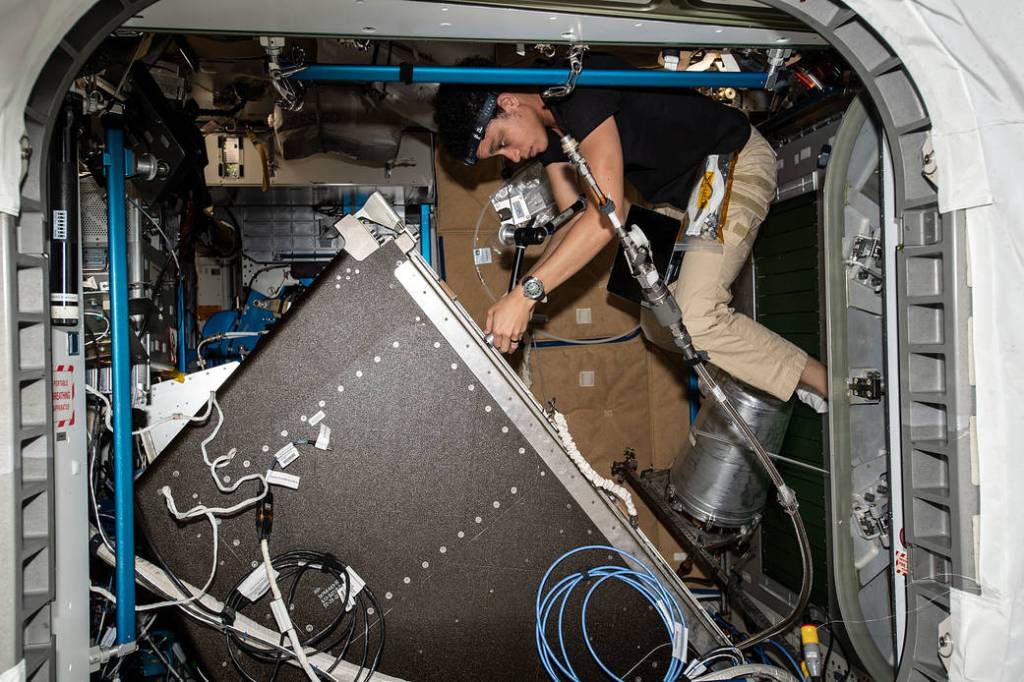
NASA Achieves Water Recovery Milestone
For space missions that venture beyond low-Earth orbit, new challenges include how to provide basic needs for crew members without resupply missions from the ground. NASA is developing life support systems that can regenerate or recycle consumables.

How Does Spaceflight Change Food Appeal?
Imagine eating the same meals every day for weeks, maybe months. Even the most appetizing dishes may start to lose their appeal. On longer journeys deeper into space, "menu fatigue" can have serious consequences.
Three Steps to Mars
Sending astronauts to Mars is the next giant leap of human space travel. In preparation for a trip to the Red Planet, NASA is taking a stepping-stone approach to studying the health effects of human spaceflight. Step 1 uses Earth-based simulations of life in space, step 2 involves research on the International Space Station, and step 3 leverages future lunar missions under the agency's Artemis program.
Explore Our Three Steps to Mars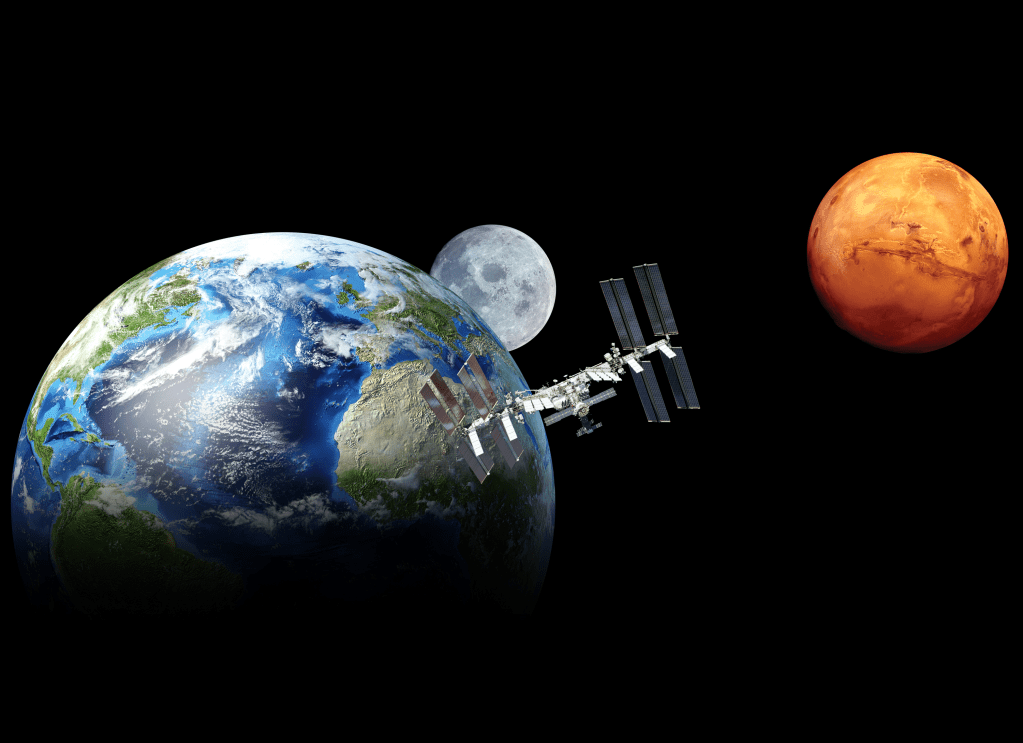
The Human Body in Space
For more than 50 years, NASA’s Human Research Program (HRP) has studied what happens to the human body in space. Researchers…
Read the Story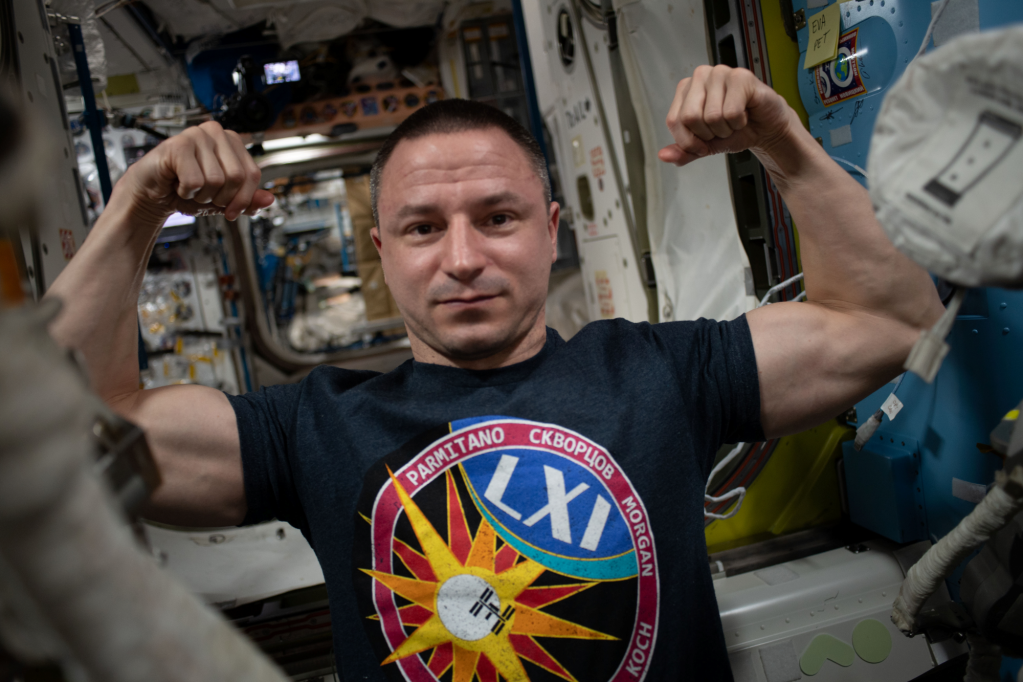
Space Communication
From astronauts onboard the International Space Station, to the first woman and first person of color landing on the Moon, to humans someday setting foot on Mars—NASA’s networks provide communications, tracking, and radio science services to human exploration missions.
Learn About Space Communication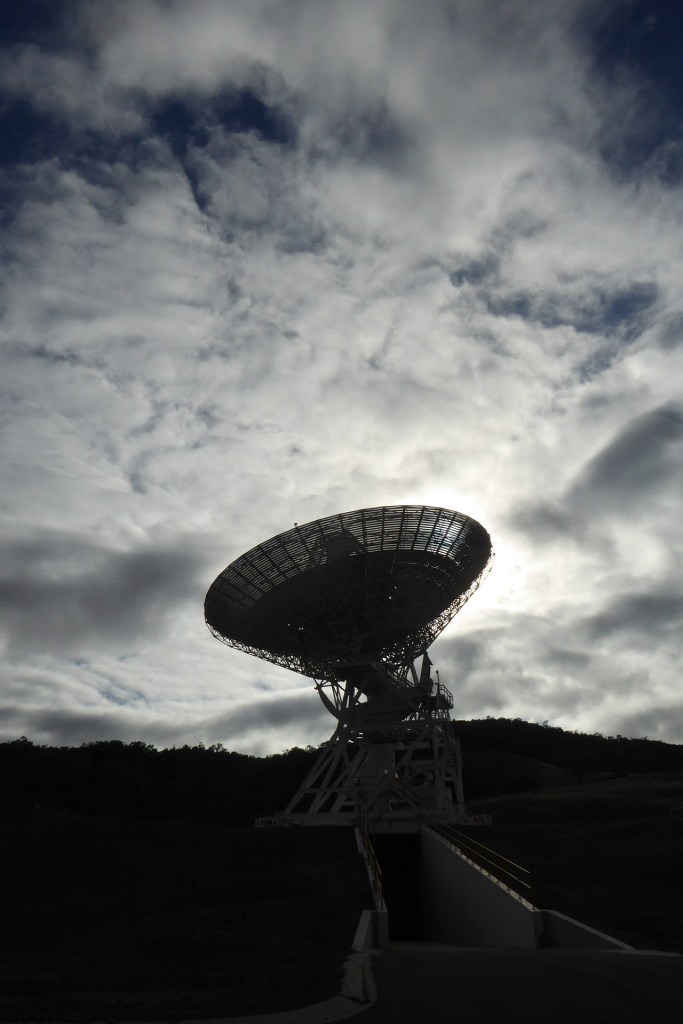
CHAPEA
The Crew Health and Performance Exploration Analog (CHAPEA) is a series of analog missions that will simulate year-long stays on the surface of Mars. Each mission will consist of four crew members living in Mars Dune Alpha, an isolated 1,700-square-foot habitat.
Discover CHAPEA